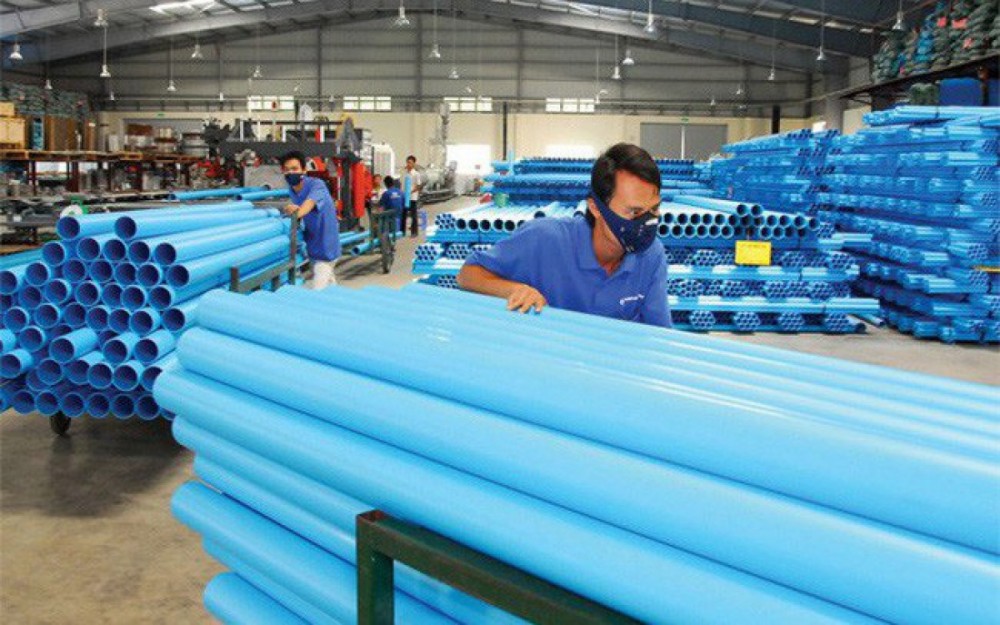
Domestic plastics sector set to capitalise on opportunities from EVFTA
Latest
 |
| Vietnamese plastic products also have a presence in over 150 markets globally. |
Statistics compiled by the General Department of Viet Nam Customs indicate that plastic export turnover has consistently recorded increases in recent years, with the average growth rate reaching between 14% and 15% annually. Indeed, the EU market accounts for approximately 18.2% of the nation’s overall plastic export turnover.
Vietnamese plastic products also have a presence in over 150 markets globally. According to the International Trade Center, the country’s plastic packaging products in the EU market now enjoy a competitive advantage compared to that of regional peers such as Thailand and China due to not being subject to anti-dumping duties of between 4% and 30%.
According to the European-American Market Department under the Ministry of Industry and Trade, the majority of plastic products that have been subject to a basic tax rate of 6.5% have been slashed to 0% immediately after the EVFTA came into effect, with no quotas being applied.
Experts, therefore, believe that the EVFTA has implemented flexible regulations regarding the rule of origin for plastic products. This will serve to create competitive advantages for Vietnamese enterprises as they are largely dependent on imports of raw material sources.
As a means of meeting the demand for both domestic and export markets, the nation’s plastic industry is forced to import millions of tonnes of raw materials each year, with domestic capacity only meeting between 15% and 35% of the demand for raw materials.
Furthermore, experts also note that the trend of switching to use eco-friendly and self-destructing plastic packaging made from polyethylene terephthalate (P.E.T) has become increasingly popular within the EU. This, therefore, poses challenges to the local plastics industry due to traditional packaging products still making up a large proportion.
Economists have stated that a number of firms have actively turned to producing P.E.T materials and exporting to several major markets around the world, including the EU.
Moving forward, there will be bright prospects for the plastics sector providing that Vietnamese enterprises meet the high technical standards set by the fastidious market.
























